
The perfect coffee ratio is a hotly debated topic. Some people say that they only need one tablespoon of coffee per cup, while others say four tablespoons is the perfect amount. This blog post will help you figure out your preference, with different ratios for you to try!
How many scoops of coffee per cup?
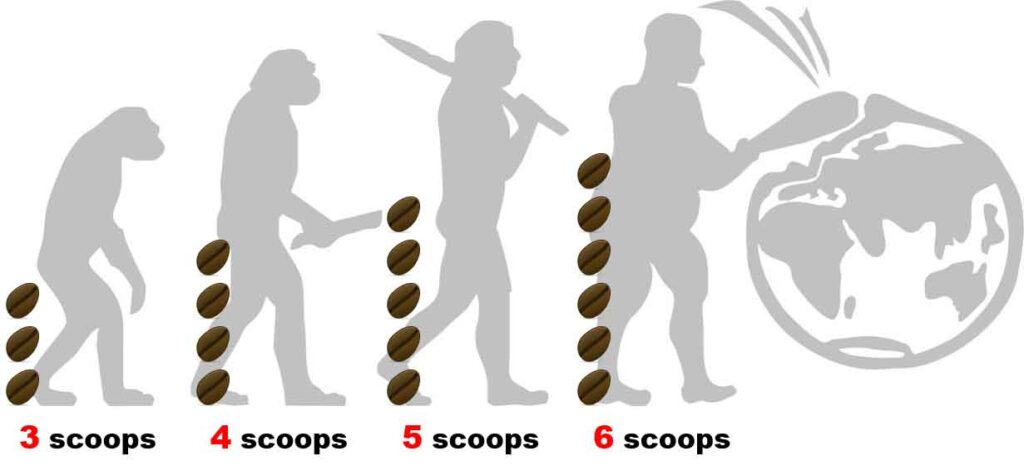
That depends on the coffee drinker and their drink. It also depends on how strong they like their coffee and if they like it sweet or not. For a more general answer, we’re going to recommend 3-4 scoops of coffee per cup of water for a regular coffee drinker. This is a good overall average and can be adjusted to taste. This will give a strong taste that is not too hard on the stomach and can be taken throughout any day!
For those who like their coffee strong, we recommend using 5 to 6 scoops of coffee per cup of water. This will give you plenty of caffeine and provide the drinker with enough energy for almost any morning or day!
How many tablespoons of coffee per cup?
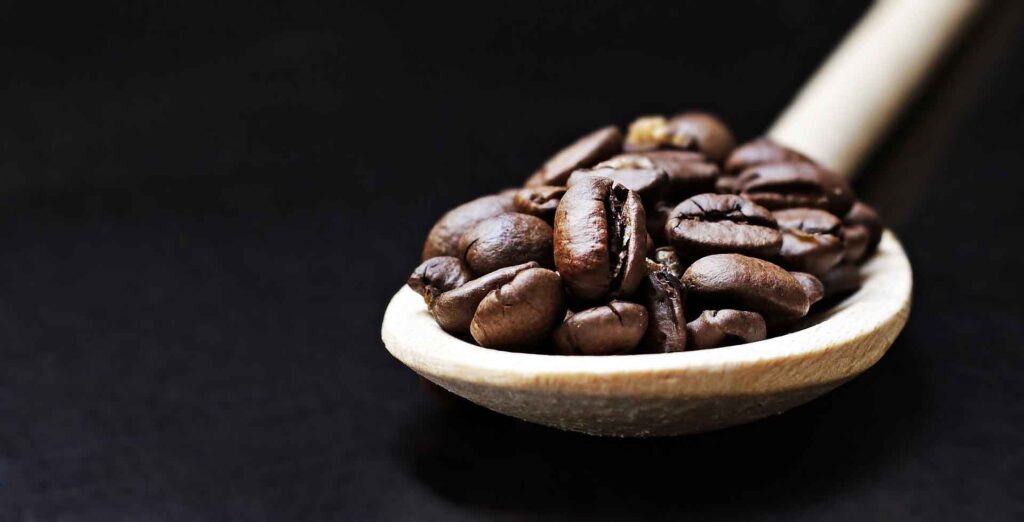
If you don’t have a scoop, you can substitute a regular spoon.
This is a difficult question to answer because coffee taste has so much variation based on the type of coffee and the brewing method. But we can make some generalizations about coffee and what you can expect.
The most common ratios are 12:16, 16:24, and 24:32 (heaping spoonfuls for coffee/teaspoons for water).
What this means is that if you’re measuring by volume (like teaspoons, tablespoons, or cups), your ratio should be one part coffee to three parts water. If you’re measuring by weight (ounces or grams), it’s 10 parts ground coffee per 150 grams of water.
You can do any math with these ratios – e.g., a cup of coffee is 16 tablespoons, so if you’re using a 16:24 ratio and measuring by volume, that’s roughly one part ground coffee per five parts water.
You can also measure your ratios by taste – just start with the basic recipe above and then adjust from there based on what tastes good to you!
Why does measuring matter?
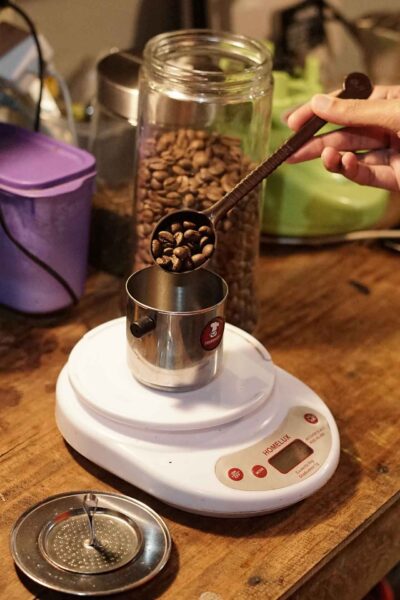
The coffee to water ratio is important because different ratios will create different types of coffee, each with its own flavor profile. Remember, the amounts are typically in tablespoons (of coffee grounds) per cup of water. Following are the most popular ratios:
[ The New England ]
8 oz water : 3 Tbsp Coffee
[ Heavy Brew used for Espresso machines ]
4 oz water : 2 Tbsp Coffee
[ Italian ]
3.5 oz water : 1 Tbsp Coffee
[ Turkish ]
7 oz water : 2 ½ tbsp Coffee
[ French Press ]
3 oz water : 1 tbsp Coffee
* Ratio for larger pot may vary according to preference.
* Some steps you can take to better understand the different coffee ratios are:
– Start with good quality coffee beans.
– Use a burr grinder to grind your own coffee for better results and flavor profiles. Grind according to your preferred ratio, but try grinding slightly finer than you would need just in case it needs more water or time to brew through.
– If you like your coffee strong, use less water.
– If you like it weaker try using more water and/or a finer grind.
The best ratio
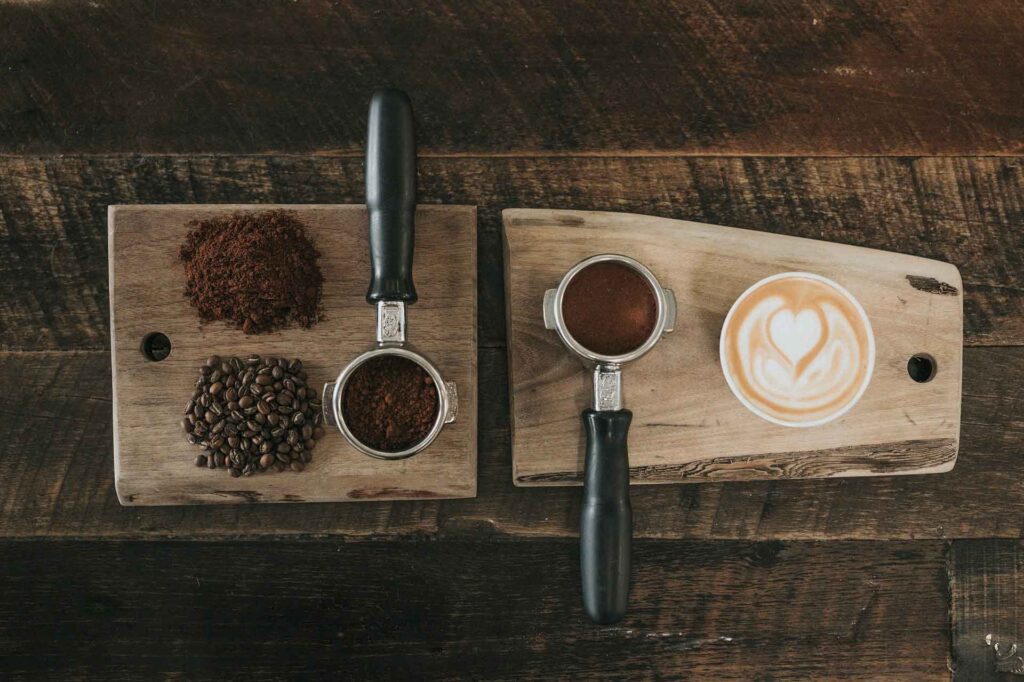
Most people who drink coffee want to know how much coffee per cup and water ratio. There are a lot of variables that affect the amount of coffee per cup and the best way to find out what works for you is to experiment with different ratios until you find the one that’s best for you!
On average, 1 tablespoon of coffee beans will be ground into 20 g-30g of coffee grounds. Some people like their coffee strong and like an espresso, while others like it light and flavorful. The more ground up coffee beans there is for a cup (20-30g) will result in a stronger taste and more caffeine. For those who want a lighter flavor or weaker taste, they should use less ground up beans (6-12g).
“coffee per cup, coffee bean, coffee ratios”
The best ratio is different for everyone. Experiment with the amount of ground up beans to find what works best for you! If you don’t want it too strong or do not like caffeine, use less than 15g of coffee grounds. For those who like espresso, use between 20-30g of coffee grounds. Coffee beans are measured in grams so keep this in mind when you’re experimenting!
Most popular ratios
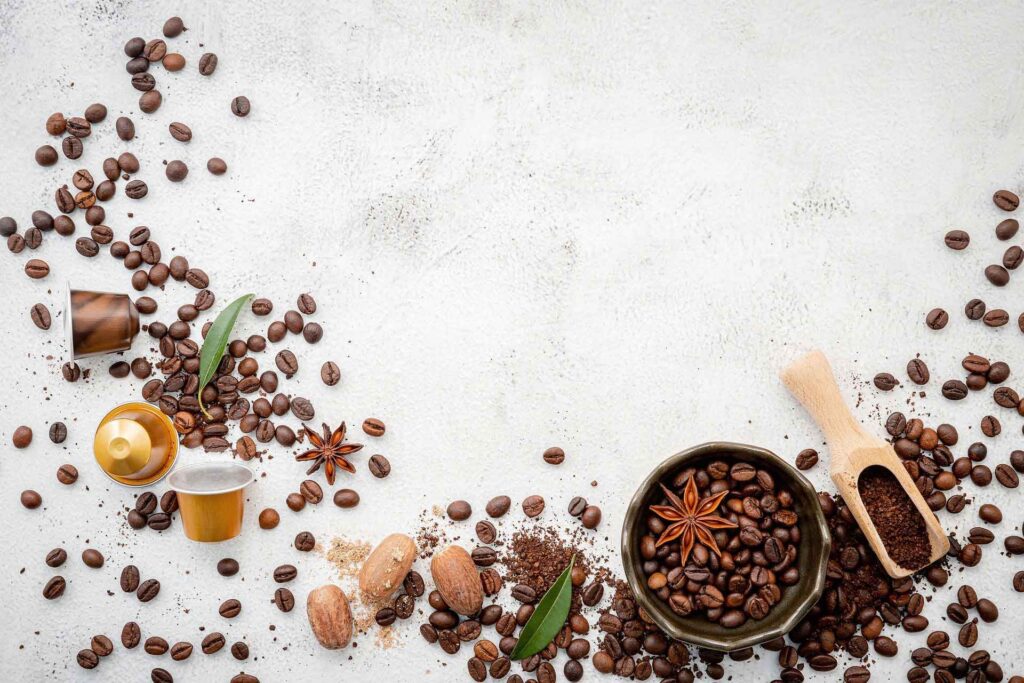
Drip coffee measurement
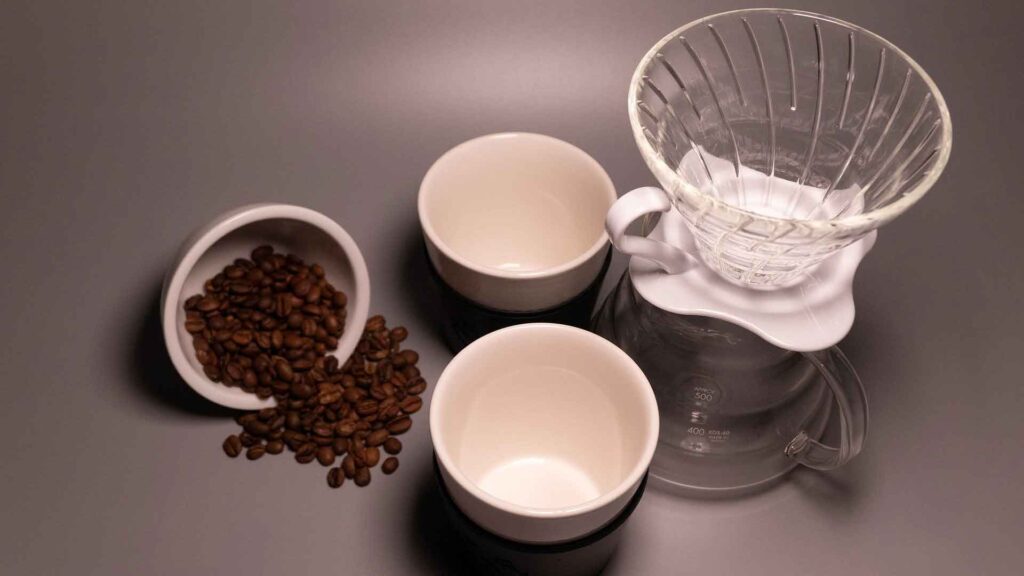
Drip coffee is a brewed coffee made by dripping hot water over ground coffee beans, yielding a cup of coffee from several grinds. The strength of the ground espresso and the fineness of the grind can vary widely—anywhere from a few tablespoons to a tablespoon or less, depending on one’s taste preference. In North America, it has been estimated that up to 18% of coffee drinkers use drip brew as their method of creating an iced coffee.
It is not essential to have a coffee drip for this style of brewing—any pot or pan can be used as long as hot water flows through the grounds. However, a drip forces the water over the grounds at an even rate and with the increased surface contact time, yielding a better flavor.
A typical ratio of coffee to water when brewing drip is between one and two tablespoons per six ounces of water, with the latter producing more balanced flavors than the former in most cases. If using an automatic brewer such as a drip coffeemaker, it is not necessary to measure out any coffee beans or coarseness—the machine will automatically measure out the right amount of water and coffee grinds.
In drip-brewed coffees, measurements range from a single tablespoon of ground coffee per cup to two tablespoons—and occasionally more for stronger flavor. This is not an exact science, however as taste preferences vary greatly among individuals; some people prefer strong black coffee while others may want to have two tablespoons of coffee grounds for every cup.
Cold Brew measurement
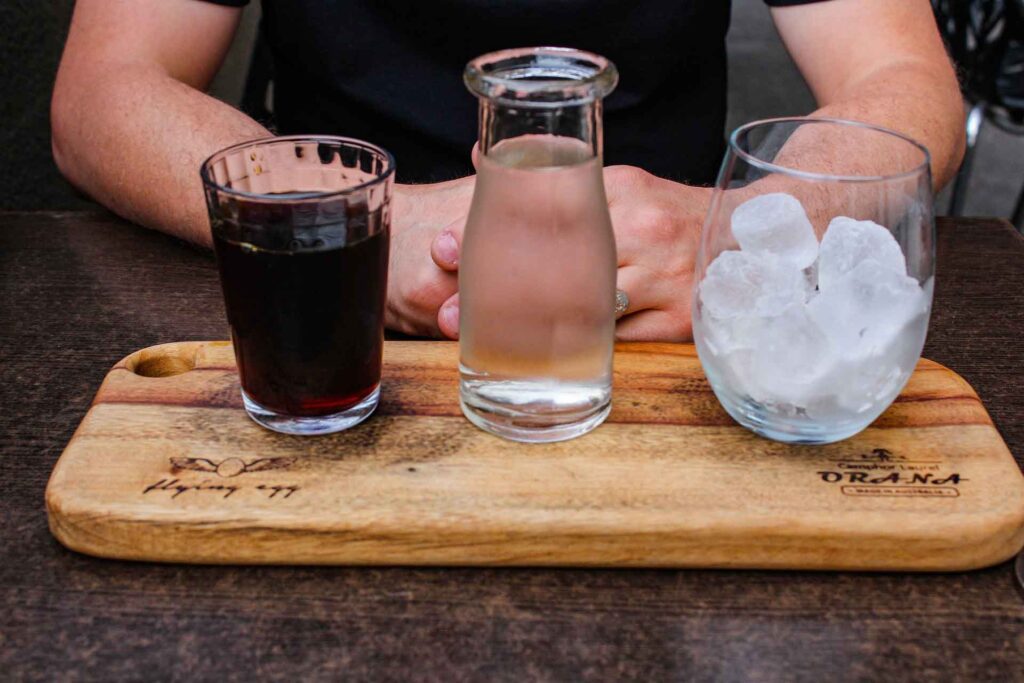
The cold brew coffee measurement is much different than your average cup of coffee. Cold brew coffee uses low water to coffee ratio and brews for a much longer time. This ratio is typically at 1:8 to 4:1 water: beans. This will take up much less space in your refrigerator as you’re brewing your cold brew coffee.
The cold brew takes about 12 hours to finish which means that it’s not something that you’ll want to do in the morning as you’re trying to get ready for work. The longest that I’ve brewed mine has been 24 hours and it was still just too strong and too bitter.
I preferred the ratio of about one part coffee to eight parts water. This gave me a much more subtle flavor that I could enjoy throughout my day without feeling too jittery or anxious from drinking it. The best thing about this cold brew is you can make it in your refrigerator overnight and enjoy iced coffee for several days! It will keep in your refrigerator for about seven to ten days.
Selection according to the type of coffee beans
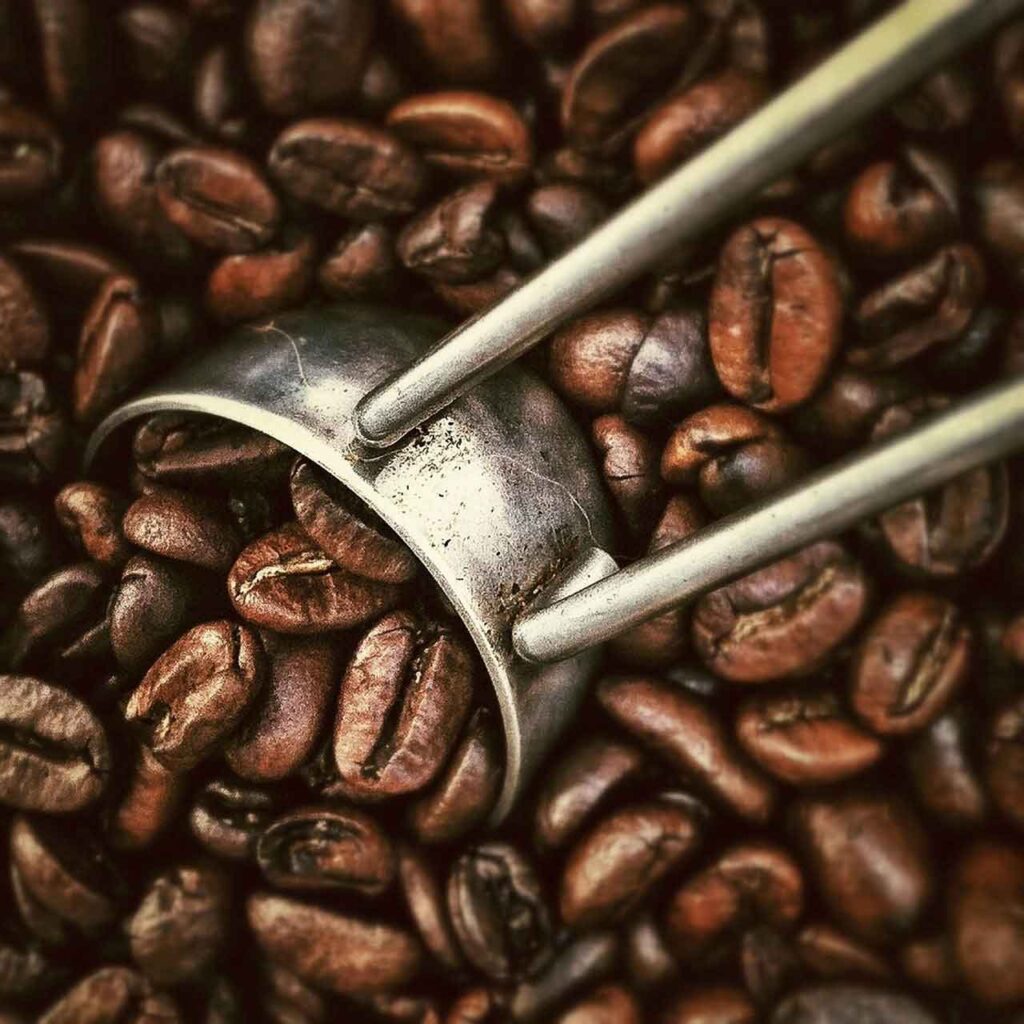
People who drink coffee get a caffeine dosage. Coffee beans are roasted and ground before they’re brewed to brew. There are two common ways of brewing coffee, long-brewing and drip brewing. Each coffee bean has its own flavor and taste that is created when it’s roasted and ground. Coffee is usually made with cold water or hot water. The coffee bean can determine the kind of flavor and taste that you’re going to get.
The darker the roast, the less acidity it has in its flavor and also stronger caffeine dosage per cup.
Coffee beans are categorized into four types: Espresso Roast Beans, Dark Roast Beans, Medium-Dark Bean and Darker Beant.
Espresso roast beans have the highest caffeine per cup for a stronger dosage of coffee in each cup that you’ll drink to boost your energy levels
Medium dark bean has medium strength with less acidity compared to espresso roasts which is good if you want an overall balance in your coffee flavor.
Darker beans are very low in acidity, making it almost similar to drinking tea which is rich but smooth.
If you enjoy a lighter tasting drink, try brewing with hot water instead of cold water for better results because the taste will be more acidic and lightly flavored since it’s not roasted well or roasted at all. Or if you prefer a more acidic and stronger flavor of coffee, cold brewing is the way to go because your water will be colder than hot which makes it less likely for acidity to occur in its taste.
Conclusion
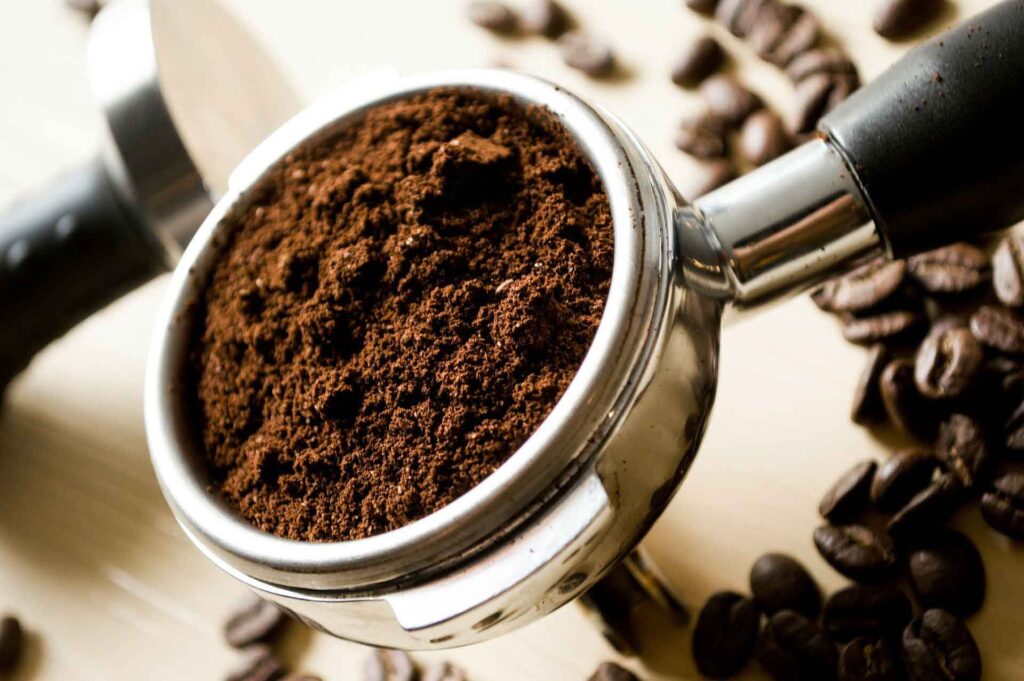
In conclusion, coffee is a very versatile drink that can be brewed in many different ways. It all comes down to preference and taste except espresso beans which have the most caffeine per cup. If you enjoy a lighter tasting drink, try brewing with hot water instead of cold water for better results because the taste will be more acidic and lightly flavored since it’s not roasted well or roasted at all.
Or if you prefer a more acidic and stronger flavor of coffee, cold brewing is the way to go because your water will be colder than hot which makes it less likely for acidity to occur in its taste. In addition, depending on what type of coffee bean you want—espresso roast beans have a higher caffeine dosage while darker beans are much smoother and have less caffeine dosage.
You must understand these tips so that you can make a delicious drink!


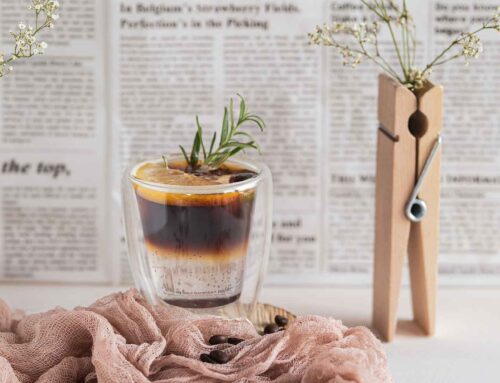
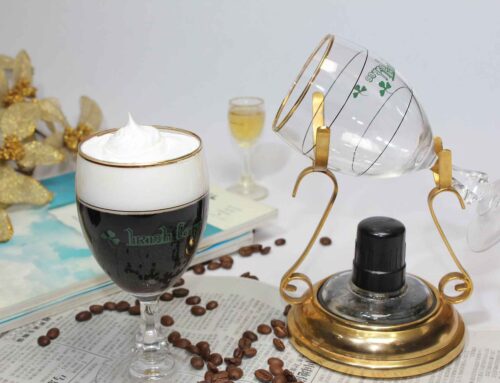
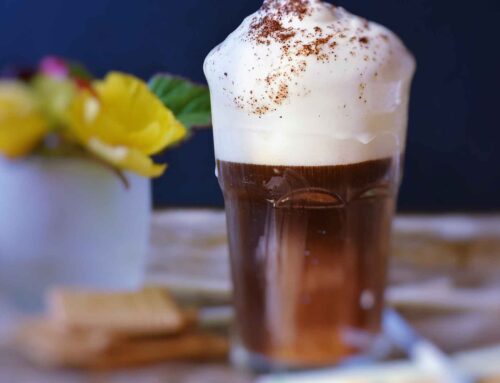
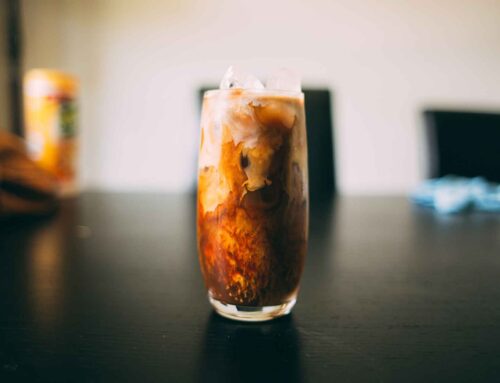
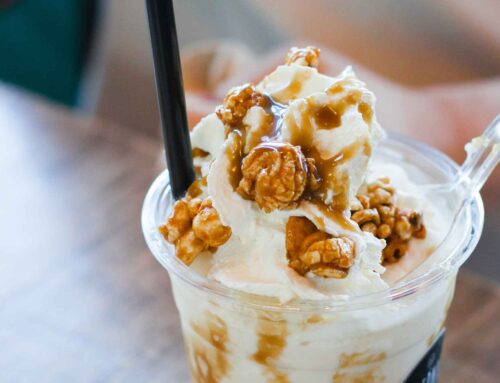
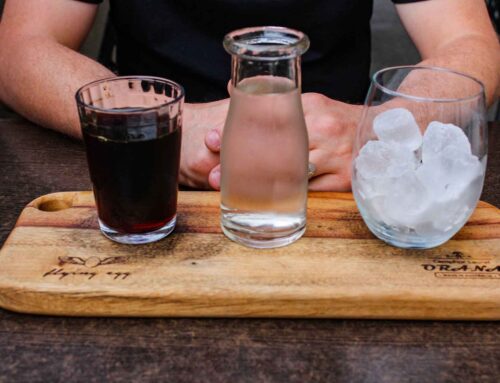
Leave A Comment